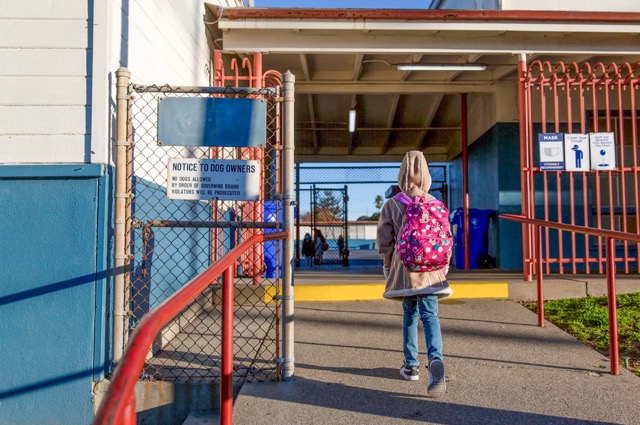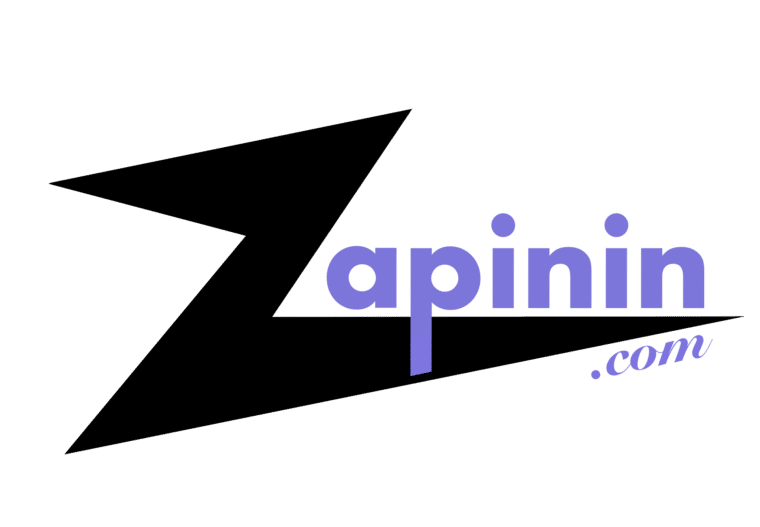School Bonds
BY DEBORAH BRENNAN, CalMatters
As California voters weigh in on $10 billion in state school bonds with Proposition 2, Inland Empire school districts are asking voters to approve 22 local school bond measures totalling $3.6 billion.
That’s $1.7 billion for 11 separate school bond measures in Riverside County and $1.9 million for another 11 measures in San Bernardino County. They would greenlight bond sales ranging from $15 million for the tiny Nuview Union School District, near Lake Perris, to $500 million for Redlands Unified School District.
State and local bonds are written to work together but aren’t paid for in the same way. School districts levy new local property taxes to repay their bond measures. California covers its debt service through general tax revenue, so state school bond measures don’t directly trigger tax hikes.
Districts can stretch their dollars further by pairing local bond funds with state grants.
“Local school districts may qualify for matching funds from the state for facility construction, improvements and repairs if local voters approve a local bond measure,” local government consultant Michael Coleman said. “For this reason, we see a record 267 local school bond measures on this November 2024 ballot. The two go together.”
Inland Empire Districts are seeking money for several kinds of investments. Part of it would go to nuts-and-bolts infrastructure upgrades, including air conditioning, fire safety, security and disability access. Districts also plan to build science and technology labs or vocational classrooms to train students in such fields as robotics, coding, health care or construction trades.
At least one district hopes to ease its growing pains. Victor Valley Union High School District is floating a pair of ballot measures at $180 million each. One aims to improve facilities, while the other would reduce overcrowding from an enrollment boom of 21% in less than a decade.
That contrasts with California’s overall student enrollment, which declined for six straight years through 2022-23 and is expected to keep dropping for the next decade, according to the state Department of Finance.
At the same time Proposition 2 would allow the state to borrow $10 billion for school construction and modernization. Most of that — $8.5 billion — would go to K-12 schools. Another $1.5 billion is committed to community colleges. Its priorities are similar to those of local bond measures, such as removing lead, upgrading seismic safety, adding air conditioning and broadband access, and building career technical facilities.
Is all of that too much to ask? Not necessarily, Coleman said. If voters want to make the most of their local bond money by pairing it with state funds, “they would be more likely to vote for both,” he said. “If they understand the linkage, they will not likely choose one over the other.”
Recent polls show Proposition 2 ahead with 54% of likely voters in favor and 44% opposed. The state bond measure just needs to clear 50% to pass, but local school bond measures must win 55% of the vote.

For More Visit www.zapinin.com/elections

